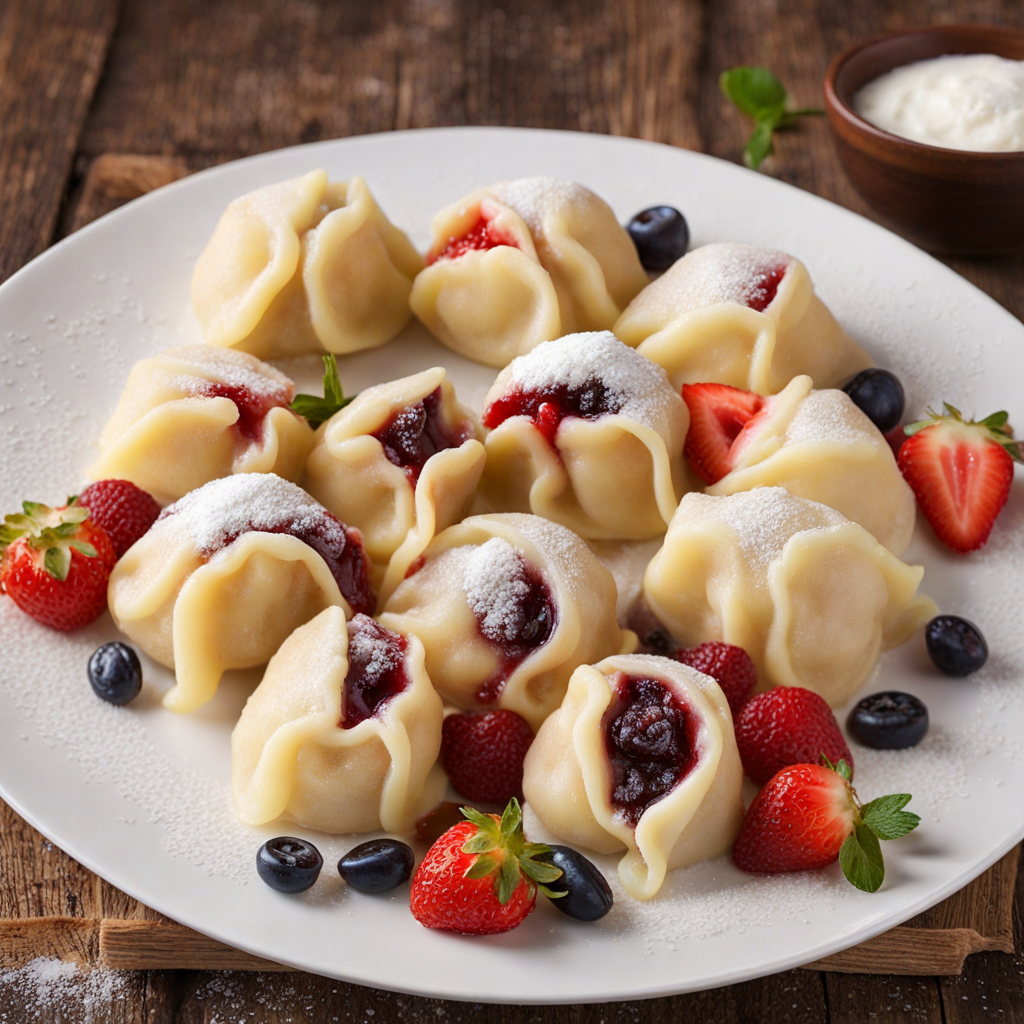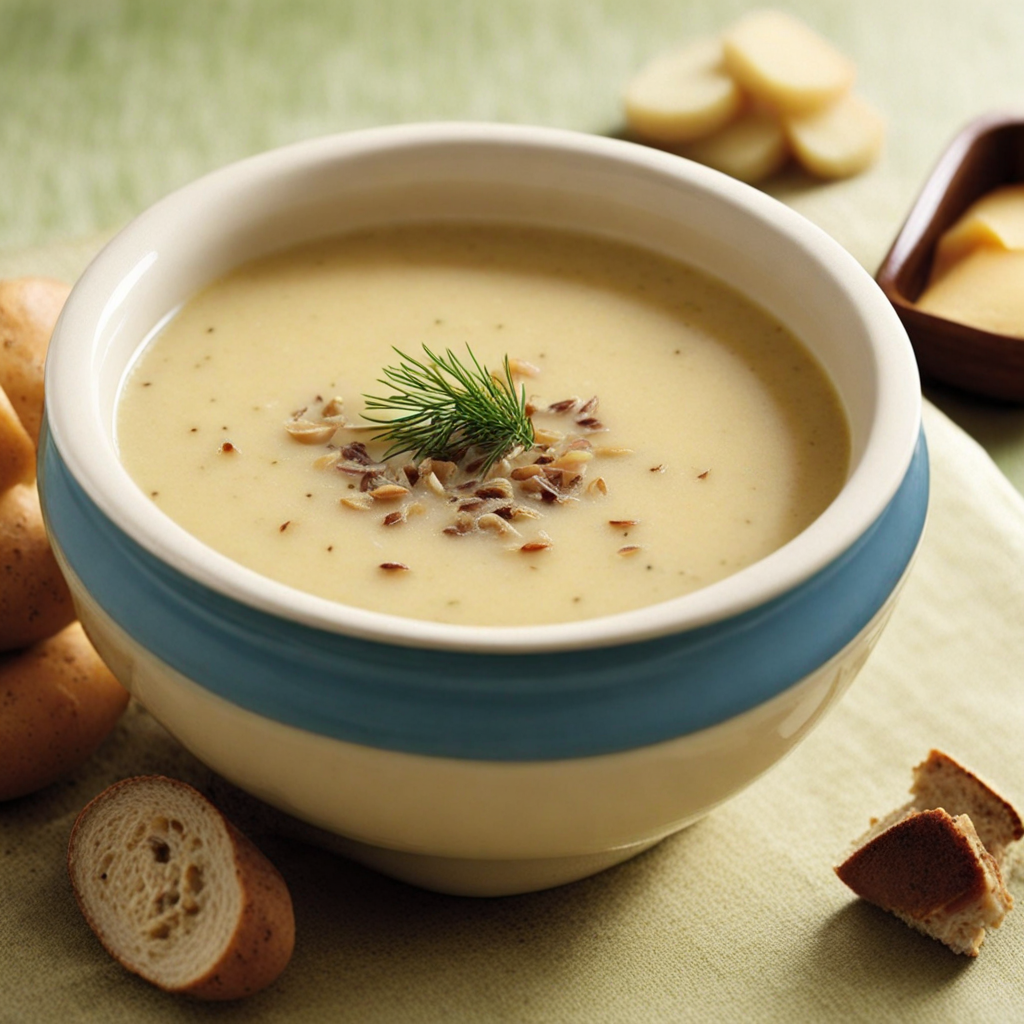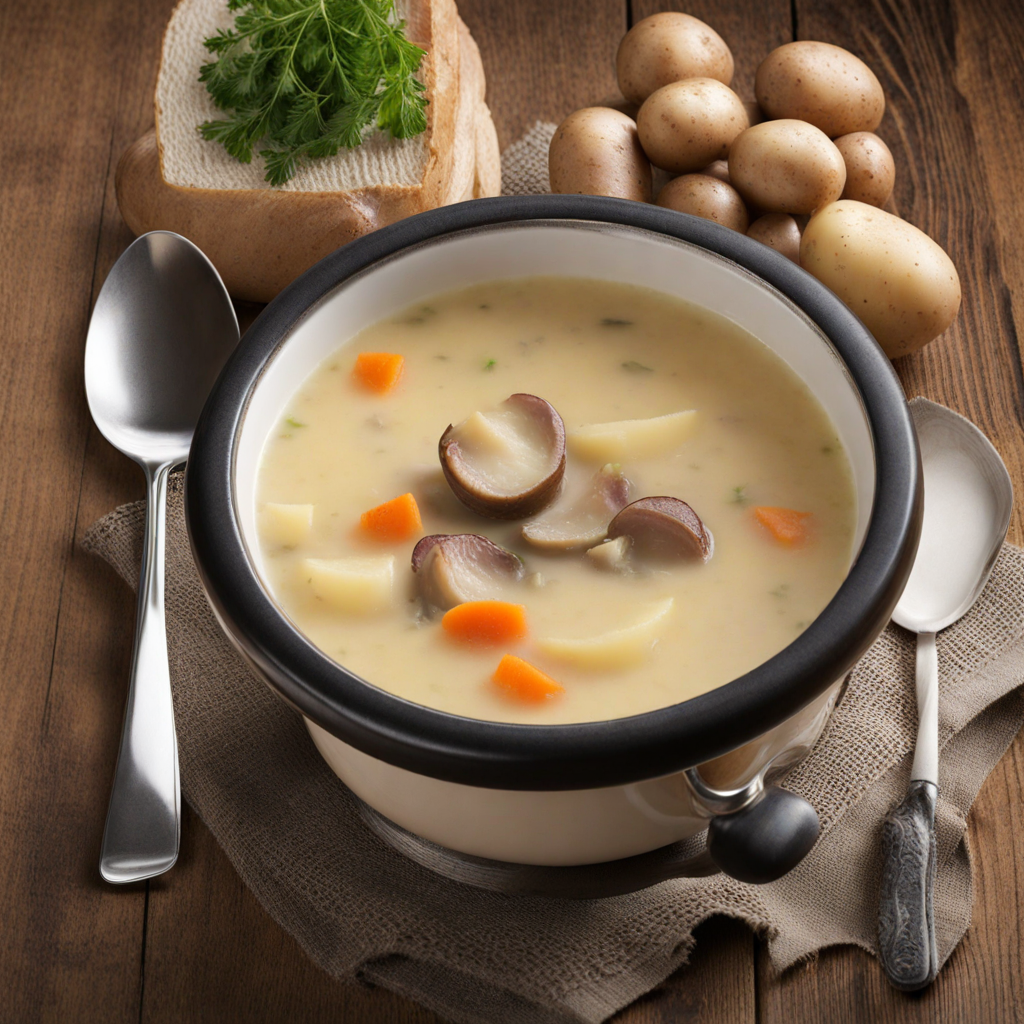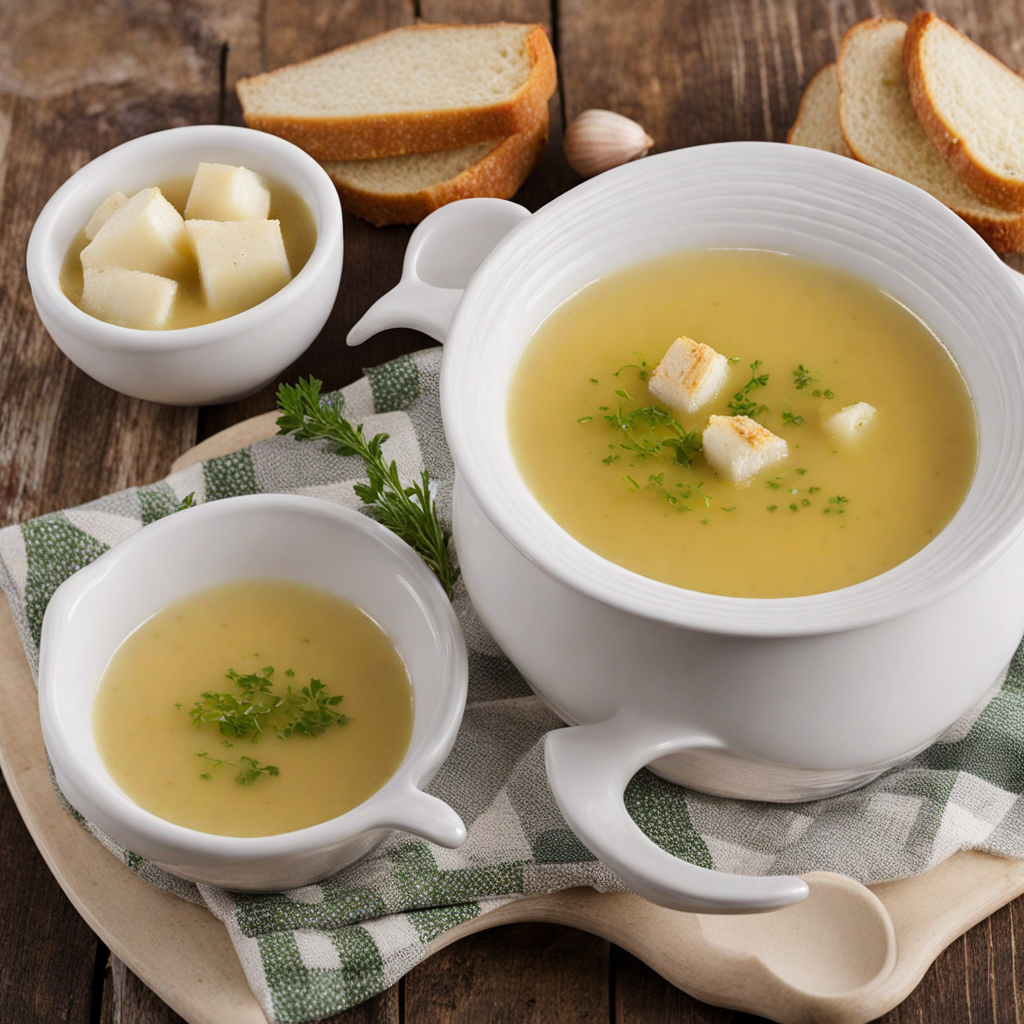Fruit Dumplings
Fruit dumplings, known as "ovocné knedlíky" in Czech, are a delightful traditional dish that showcases the sweet and tangy flavors of seasonal fruits wrapped in a soft, pillowy dough. Typically made with a dough base of flour, potatoes, and eggs, these dumplings are filled with a variety of fruits, with plums, strawberries, and apricots being the most popular choices. The dough is rolled out, fruit is placed in the center, and then it's folded and sealed before being boiled to perfection. The cooking method ensures that the dumplings remain tender and absorb the delicious juiciness of the fruit during the process. Once they’re cooked, fruit dumplings are often served with a generous drizzle of melted butter, a sprinkle of sugar, and a dusting of ground poppy seeds or breadcrumbs. This combination adds a rich, nutty flavor that complements the natural sweetness of the fruit. The contrast of the warm, soft dumpling and the vibrant, juicy filling creates a mouthwatering experience that is both comforting and satisfying. Each bite offers a perfect balance of sweetness and texture, making it a beloved dessert among locals and visitors alike. Fruit dumplings are often enjoyed as a dessert or a sweet main dish, especially during the summer months when fruits are at their peak. They can be found in various restaurants and cafes across the Czech Republic, often made fresh and served immediately to highlight their tender texture and the vibrant flavors of the fruit inside. Whether you're indulging in a plate of these delightful dumplings at a local eatery or trying your hand at making them at home, each serving promises a taste of Czech culinary tradition that is sure to leave a lasting impression.
How It Became This Dish
Ovocné Knedlíky: A Sweet Journey through Czech Culinary History Czech cuisine, with its rich tapestry of flavors and traditions, is well-known for its hearty dishes, but one of the most beloved and celebrated treats in the Czech Republic is the delightful ovocné knedlíky, or fruit dumplings. These sweet dumplings, often filled with seasonal fruits, are not just a dish but a cultural emblem that reflects the agricultural heritage and the communal spirit of the Czech people. To understand ovocné knedlíky is to delve into the history, cultural significance, and evolution of a dish that has warmed hearts and filled stomachs for generations. Origins of Ovocné Knedlíky The roots of ovocné knedlíky can be traced back to the 18th century, a period when the culinary landscape of Central Europe was undergoing significant transformations. The word "knedlík" itself is derived from the German "knödel," indicating the influence of German-speaking cultures on Czech culinary practices. However, the use of dumplings in this form is believed to have deeper Slavic origins, with evidence suggesting that various forms of dumplings have existed in Eastern European cuisine for centuries. Initially, knedlíky were primarily savory, often made with potatoes or bread and served alongside meat dishes. The introduction of fruit into the dumpling repertoire likely coincided with the availability of seasonal fruits in the Czech countryside. As the agricultural practices evolved and fruit orchards flourished, especially with the rise of peach, plum, and apricot cultivation, ovocné knedlíky began to emerge as a sweet variation, taking on the role of a dessert rather than a side dish. The Cultural Significance of Ovocné Knedlíky Ovocné knedlíky are more than just a delicious treat; they are a symbol of Czech identity and family traditions. Traditionally, they are made during the summer months when fruits are in abundance, and families gather to prepare them together. This communal aspect of cooking reflects the Czech value placed on family and togetherness. In Czech households, the process of making ovocné knedlíky is often a ritual that brings generations together. Grandmothers pass down recipes and techniques to their grandchildren, creating a bond that transcends time. The act of rolling out the dough, filling it with ripe fruit, and carefully boiling the dumplings becomes a shared experience, filled with laughter, storytelling, and the transmission of cultural heritage. Moreover, ovocné knedlíky hold a special place in Czech celebrations and gatherings. They are often served at family get-togethers, holidays, and festivals, symbolizing abundance and the joys of summer. Their presence at the table evokes nostalgia and a sense of comfort, reminding people of home, family, and the sweetness of life’s moments. The Evolution of Ovocné Knedlíky As the Czech Republic evolved through the centuries, so too did the knedlíky. The industrial revolution and urbanization brought about changes in food production and consumption. While traditional methods of making ovocné knedlíky remained prevalent in rural areas, urban dwellers began to adapt the recipe to suit their fast-paced lives. With the advent of convenience foods in the late 20th century, frozen ovocné knedlíky became available in supermarkets, allowing busy families to enjoy this traditional dish without the extensive preparation time. However, this shift sparked a debate among culinary purists who argued that the quality and authenticity of homemade dumplings could never be matched by their store-bought counterparts. As a result, many Czech families continue to uphold the tradition of making ovocné knedlíky from scratch, cherishing the flavors and the memories that come with them. Ingredients and Preparation Techniques The classic ovocné knedlíky are typically made with a soft dough, usually composed of flour, eggs, and either potatoes or quark (a type of fresh cheese). The dough is rolled out and cut into squares, which are then filled with pieces of fresh fruit, most commonly plums, apricots, or strawberries. Once filled, the dumplings are carefully sealed and boiled until they float to the surface, indicating they are done. After boiling, ovocné knedlíky are often served with a generous topping of melted butter, sugar, and occasionally a dusting of ground poppy seeds or a dollop of sour cream. The combination of the soft, pillowy dumpling with the bright, juicy fruit filling creates a delightful contrast of textures and flavors. In recent years, there has also been a rise in creative variations of ovocné knedlíky, incorporating different fruits or even savory fillings to appeal to modern palates. Some chefs have experimented with fusion recipes, introducing spices or flavor profiles from other cuisines, yet the traditional version remains the most cherished. Ovocné Knedlíky in Modern Czech Society In contemporary Czech society, ovocné knedlíky continue to be celebrated as a national treasure. They can be found in traditional restaurants, modern bistros, and even at street food stalls during summer festivals. The dish is often featured in culinary tours and food festivals, highlighting its importance in Czech gastronomic culture. With the rise of the farm-to-table movement and a renewed interest in traditional cooking methods, ovocné knedlíky are experiencing a renaissance. Many young chefs are reclaiming the flavors of their grandparents’ kitchens, ensuring that the art of making these dumplings is preserved for future generations. Moreover, the global interest in Central European cuisine has brought ovocné knedlíky to international attention. Food enthusiasts and travelers are now discovering this unique dish, further solidifying its place in the culinary world. Conclusion Ovocné knedlíky represent more than just a dish; they are a culinary embodiment of Czech culture, history, and community. From their humble origins as a seasonal treat to their status as a cherished symbol of family and tradition, these fruit dumplings continue to evolve while staying true to their roots. As the Czech Republic embraces its rich culinary heritage, ovocné knedlíky will undoubtedly remain a sweet reminder of the past, a celebration of the present, and a promise for the future.
You may like
Discover local flavors from Czech Republic







